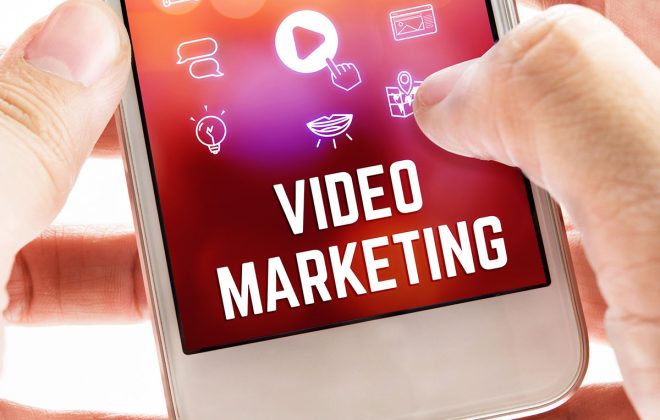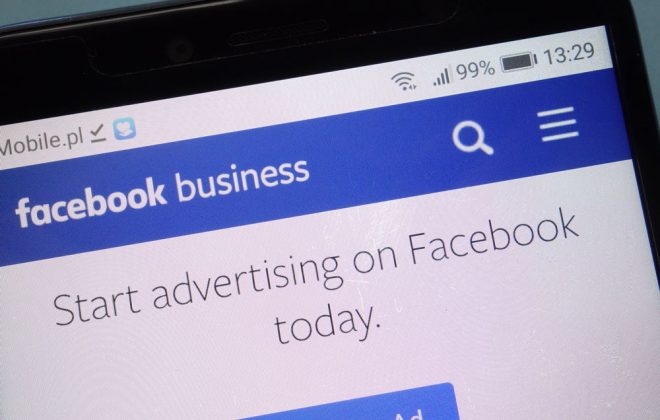Digital Marketing Metrics and Common Terms
If you are new to the world of digital advertising and testing the waters or have been running paid promotions yourself or through an agency on Google, Facebook, YouTube, Instagram, Snapchat, TikTok or countless other platforms, there are metrics these platforms showcase that can be confusing and even misleading if not taken into the right context.
To help navigate through metrics of the digital advertising space, here is a list of some of the metrics and terms you will likely see on a regular basis.
Must-Know Digital Advertising Metrics & Terms + Their Associated Acronyms
Search Engine Marketing (SEM):
Different from organic search results, SEM are paid ads primarily listed through online search engines like Google Search, Yahoo Search, or Bing Search. These are (primarily) text-based ads that are listed above and below organic search results. Ad placement, or where exactly a given ad will be ranked or appears is based on a quality score and campaign setup.
Ad Impression (IMP or Impr.):
An impression is probably the most commonly used unit of measurement in digital advertising. It refers to how often or how many times a digital ad is shown or appears on a website. It does not necessarily mean that the ad was necessarily shown to a user (that would be a viewable impression).
Ad Click:
Clicks are just that, an actionable click on your ad. Depending on the platform and the type of ad that is being delivered, there are a variety of different clickable actions.
Conversion:
A conversion is an action that is counted when someone engages with an ad with the outlined intent or the campaigns defined action (like a ticket or online purchase, event registration, website click, video view, etc.).
Conversion Rate:
Conversion Rate is the percentage of total traffic or people to a website required to successfully complete a defined conversion of a digital ad campaign. The higher the conversion rate percentage, the better your results, and associated ad metrics.
Pay Per Click or PPC:
This refers to a digital advertising model whereby any advertiser is charged or pays every time a person clicks on one of their digital ads. Hence you Pay Per Click during a digital ad campaign and are charged a media cost for that action (or having someone click on your ad).
Cost Per Thousand Ad Impressions (CPM):
A standard format for digital advertising, CPM stands for Cost Per Mille (mille translates from Latin/Italian/French to one thousand), so it is the cost for every one thousand ad impressions that load on web pages. The CPM metric is used to calculate the relative cost of an advertising campaign or an ad in a given platform and to give a media-cost comparison both within and across different digital media platforms.
Cost-Per-Click (CPC):
Refers to the associated media cost for any engagement an ad receives where an advertiser pays a publisher when (an element of) the ad is clicked. CPC click costs are not unique to a person engaging in an ad. So if the same person clicks on the same two times, the associated ad campaign will be charged for two clicks.
Reach:
Ad reach refers to the total number of different people (or “homes”) that have been served or exposed to a particular ad or ad campaign content at least once (and is not a rolling count like impressions). Although platforms like Facebook, Instagram, Snapchat, and to a degree Spotify are user profile-based in nature, reach is a “precise estimate” – the more data a campaign has the more accurate this ad metric is.
Frequency:
This refers to the average number of times each person (or profile) was exposed to a given ad in a digital ad campaign.
Click-Through Rate (CTR):
CTR is an engagement metric. It refers to the number of times an ad was engaged with in relation to the number of times an ad was shown across an entire ad campaign or specific ad. CTR is displayed as a percentage. The higher the percentage, the more engagement an ad or campaign received.
Pay Per View or PPV:
Not the OnDemand TV service, this refers primarily to a digital video ad. The advertiser or campaign is charged or pays every time a video is 100% in view by a person for a predetermined duration (or in some instances in its entirety). On platforms like Google, specifically YouTube TrueView campaigns that have Skip Ad* feature it ensures that the ad was loaded and viewed (*Campaigns do not incur any associated cost when a person clicks the Skip Ad).
Share:
People who are exposed to an ad can share the ad by posting it on their own or a friends’ Timeline (on Facebook), in online groups, or on their own Facebook Page. On mobile devices, The Share is now something that can be done cross-platform, via text, group chats, email, and pretty much any app or platform – not only does it act as an endorsement, Shares also provide added exposure and Reach.
Reaction:
For Facebook, this used to be a singular Like response to an ad or post. Over time the reactions button has evolved and now allows people to share different reactions or feelings to the ad content: Like, Love, Haha, Wow, Sad, or Angry. Plus now during COVID-19 the introduction of the Caring reaction
It is important to note, that these are ad engagement and not Page Likes or the addition on new page followers or subscribers.
Ad Save:
This is a relatively new metric and is still in development on some platforms. However, it can show a high level of a person’s intent because it refers to the total number of times an ad has been saved.
Cost Per Acquisition (CPA):
This refers to a defined action (depending on a campaign’s objective) and is the associated media cost to acquire a result (like purchased tickets to an event, online signup or registration, donation, etc.).
Cost Per Lead (Cost/Lead or CPL):
Similar to CPA, this refers to a specifically defined lead capture action, where a campaign is structured with associated media costs to acquire a lead. Depending on the campaign these could be a form of submission, newsletter, or email signup, a person booking a test-drive or an appointment.
Cost per Result (Cost/result or CPR):
Similar to CPA and Cost/Lead, Cost per Result refers to a broader but still defined action based on the objective of the campaign. A result could be any defined action like a website clicks, a Facebook Like, an online purchase, or signup – it is essentially the associated cost relating to the objective of a campaign.
Swipe
On certain mobile-focused platforms like Snapchat (in particular) and TikTok, or certain ad placements like Instagram/Facebook Stories. In lieu of a click, a swipe (right or up) is the finger’s physical action to view a follow-up like a link to a website or attachment.
Snapchat also runs paid image filter ads and AR (augmented reality) lense ads where the swipe action isn’t up, its left or right to promote the use of a filter or a lense.
Quality Score or Quality Relevance:
On SEM platforms like Google refers to the relevance of an ad. Google gives a quality score based on a series of connected or paired elements like the persons search query in relations to the campaign keywords, the relevance of ad text, historical ad account performance, and match content on the landing page (the place you are intending on sending people when they click on an ad). Google provides a ranking on a scale from 1-10 – the more relevant your ad is, the better the Quality Score is, and subsequently the higher the actual ad is ranked on a search engine results page. Additionally the better the Quality Score the lower the CPC will be. A high Quality-Score also benefits advertisers that might not have an infinite budget or unlimited bidding threshold.
Platforms like Facebook and Instagram offer Quality Ranking which focuses on the relevancy of an specific ad. This is an estimated ranking and is not very reliable* view of an ad’s “perceived quality”. Facebook claims that quality is measured using feedback on an ad and the post-click experience. The ad is then ranked against ads that competed for the same audience.
*We have seen ads run and receive below average score, yet that ads have returned the most results, metrics and associated costs while other receive top marks with little to no results.
SIDE NOTE: Depending on how well your campaign(s) have been built and structured, there are several factors that come into play to maximize the results of any of these campaign metrics. Factors including demographic targeting like age, gender, and geographic region along with additional targeting elements like interest, audiences, in conjunction with the interest level of the user, how appealing the offer/ad, accurate tracking, messaging and creative, the ease of the process, a websites load time.





